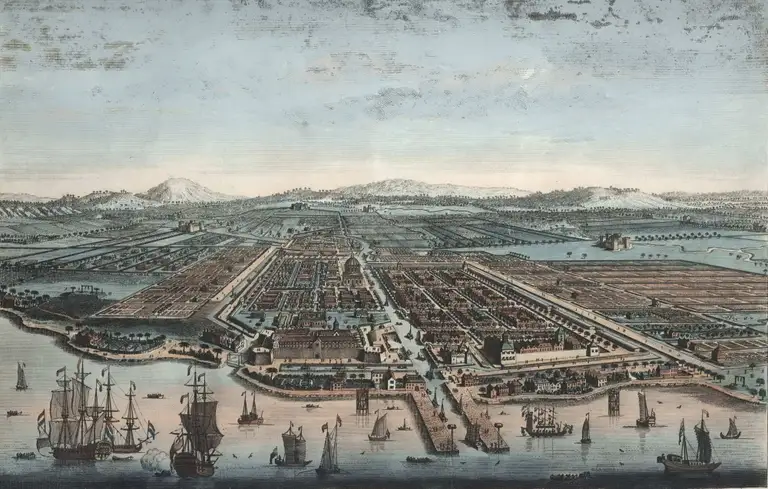
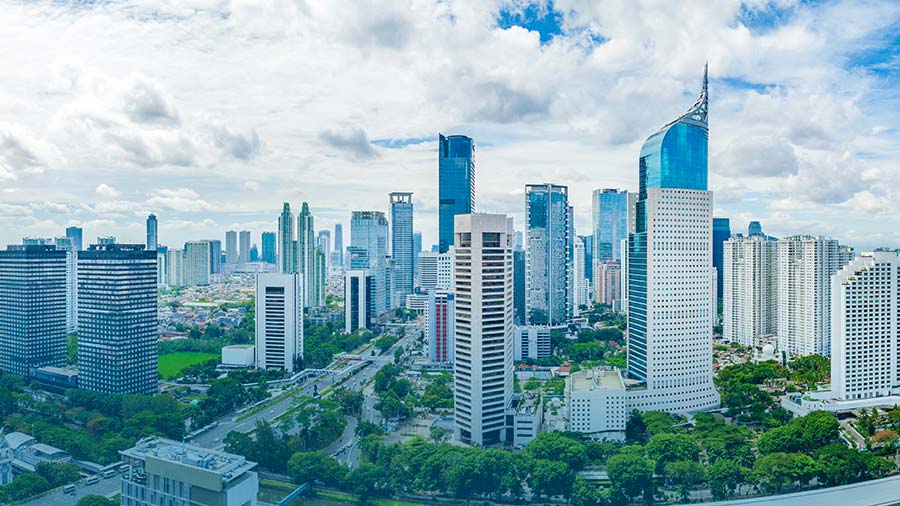
Dutch colonies in the Indonesian archipelago started in the 16th century. These colonies known as VOC (Vereenigde Oostindische Compagnie) and later changed to Dutch East Indies (Nederlands(ch)-Indië). Many of these colonies formed from nationalized trading posts throughout the archipelago. During the beginning of the Dutch arrival, the Dutch slowly exerted their powers on islands like Java, Sumatra, Borneo, Bali, and other parts of Indonesia. Particularly in the 19th century, when the Dutch government spent many resources fighting wars against indigenous rulers across Indonesia.
After successfully consolidating their power, the Dutch introduced the European way of living in Indonesia. For more than 300 years of presence, Dutch colonies brought many positive influences that originated from European culture and influenced modern-day Indonesia. The following will explain in detail some of the positive impacts and contributions of the Dutch colonial empire on modern Indonesia.
Influence of Dutch Language on Bahasa Indonesia?
The first major influence comes from language. To this day, Dutch speakers in Indonesia are relatively small. According to Joss Wibisono (2020), Indonesia is one of the few countries that eradicated the language of its former colonizer. Compared to the British and French, these European countries supported the idea of educating the local population with their language. With France’s Mission Civilisatrice successfully introduced their language as a second language to regions like Algeria, Indochina, West Africa, and more areas. Nowadays, approximately 321 million people acknowledge French as their language.
Looking at the progress of its neighboring countries, the Dutch adopted a new policy and started to introduce the Dutch language to the local population in the 1900s. However, this action is too late and not effective for Indonesians. This program lasted only less than 30 years until the Japanese occupation of Indonesia. Especially with the Indonesian Declaration of Independence by President Soekarno in 1945, all attempts to introduce the Dutch language were in vain.
How many Dutch words are in the Indonesian language?
Despite the failure to introduce their language, the Dutch left behind more than 3000 words which later adapted to modern-day Bahasa Indonesia. These loan words contribute to the Indonesian language more than other cultures like Chinese and Arabic. To this day, these words below are still widely used during daily conversation amongst the Indonesians:
| Dutch Language | Bahasa Indonesia | English |
| Asbak | Asbak | Ashtray |
| Apotheek | Apotek | Pharmacy |
| Bioscoop | Bioskop | Cinema |
| Bon | Bon | Receipt |
| Emmer | Ember | Bucket |
| Gordijn | Gorden | Curtain |
| Gouverneur | Gubernur | Governor |
| Handdoek | Handuk | Towel |
| Instituut | Institut | Institute |
| Kakhuis | Kakus | Toilet |
| Kamer | Kamar | Room |
| Kantoor | Kantor | Office |
| Koelkast | Kulkas | Refrigerator |
| Maatschappij | maskapai | Airline |
| Merk | Merek | Brand |
| Oranje | Oranye | Orange |
| Pastoor | Pastur | Priest |
| Poëzie | Puisi | Poetry |
| Renteneer | Rentenir | Loan Shark |
| Ritssluiting | Resleting | Zipper |
| Schaakmat | Skakmat | Checkmate |
| Verboden | Perboden | Prohibit |
| Zwempak | Sempak | Swim Briefs |
Dutch Colonies’ Influence on Indonesian Architecture and Infrastructure
Dutch colonies also made a massive contribution to Indonesia’s architecture and infrastructure. To this day, people are still able to see and witness colonial buildings around Indonesia’s major cities. Major cities like Jakarta, Bandung, Bogor, Medan, Surabaya, Semarang, and Solo possess a large number of well-preserved buildings that are considered to be a historical heritage. Not only did it affect buildings, city planning, and street layout in major cities were massively influenced by the Dutch.
Until recently, infrastructures and city layouts created by the Dutch are in use in modern-day Indonesia. Roads, dams, canals, bridges, and railway systems are examples of surviving colonial infrastructures. In terms of buildings, some of these buildings have changed their function into governmental buildings, museums, offices, entertainment venues, and hotels.
Jakarta can be used as a great example of the colonial legacy of urban planning and architecture. Upon arriving in the East Indies, the Dutch chose Batavia (Jakarta) as their colonial center until 1942. Longer presence of the Dutch in the city resulting Jakarta having the oldest to newest types of colonial buildings. There are 3 major types of colonial architectural styles in Indonesia, which include the Old Indies Style, Indies Empire Style (Indisch Rijksstijl), and New Indies Style (Indische Bouwstijl)
Old Indies Style
During the early period of colonization (16th-17th century), Dutch colonies were still ruled by the VOC. Most of the architecture favored the use of masonry for most of the construction. During this time, timber was considered exclusive and only used for religious and governmental buildings. Most buildings built in this era were forts, trading posts, churches, town halls, and houses. Compared to other colonial architectural styles, only a few buildings with the Old Indies Style survived due to renovation and demolition processes in the later years.
During this century, the colonists did little things to adapt the style of European architecture. The old indies architectural style tends to be simple and focus more on functionality rather than prestigious display. Most of these styles can be seen in cities like Batavia (Jakarta) and Semarang.
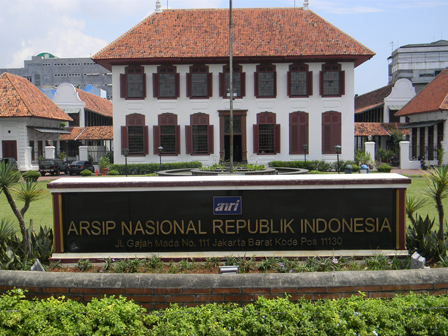
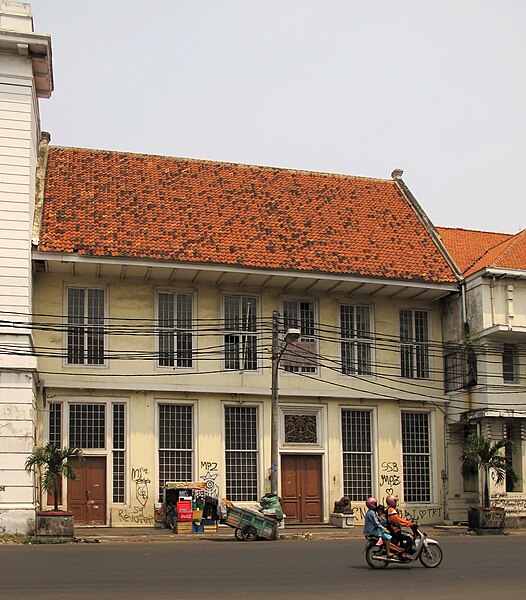
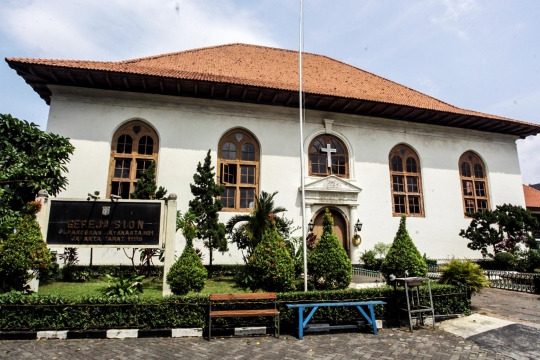
Indies Empire Style (Indisch Rijksstijl)
In the 18th and 19th centuries, the Dutch colonial government focused on constructing infrastructures like roads, bridges, irrigation systems, and new buildings. As the Dutch became established in the region, many towns grew beyond the fort walls. Cities like Batavia, Semarang, and Ujung Pandang became the most important urban centers at the time.
The Dutch started to blend European architecture with local elements known as Indische Stijl. This new style shows an adaptation to the tropical climate, especially with high roofs and ceilings, large roof overhangs, and verandahs close to the garden. Buildings constructed in these eras focused not only on functionality but also aesthetically. This phase marks an important period in the history of Indonesian architecture. Infrastructures built in these eras not only contributed to economic purposes but also left many diverse architectural legacies. Many administrative, residential, and public utility buildings were created during this phase and still stand today as a silent witness to the colonial history of Indonesia.

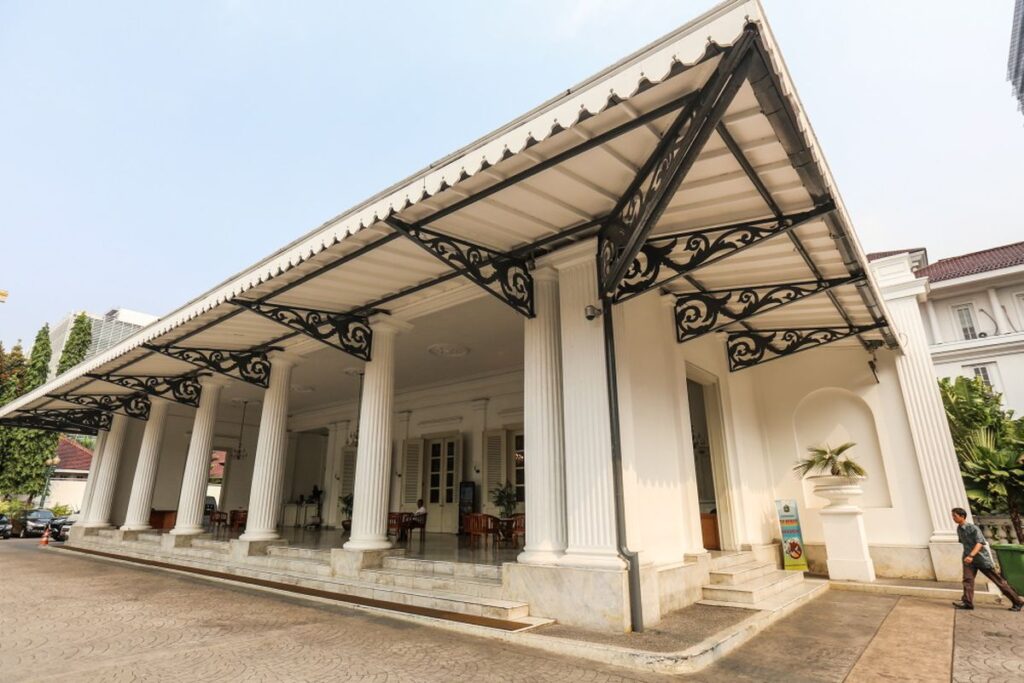
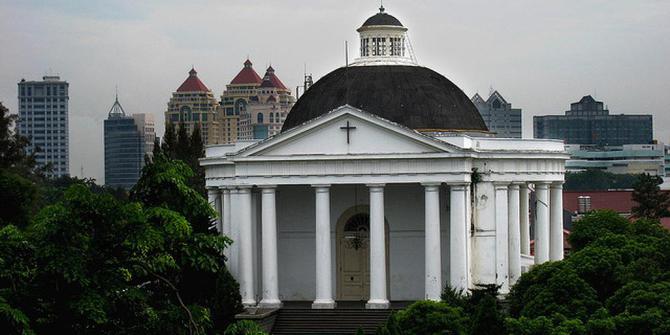


New Indies Style (Indische Bouwstijl)
Other significant changes in the colony happened during the 20th century. With a new flow of foreign investment, the Dutch upgraded various infrastructures across the region. Improvements in technology, communication, and transportation brought wealth to major cities in Java and attracted European migrants to the Dutch East Indies. To accommodate massive urbanization in the cities, the colonial government ordered massive construction of many business hotels, office blocks, hospitals, factories, education institutions, and train stations.
In the early 20th century, most buildings used the Neo-Renaissance style of Europe. However, by the 1920s, the Dutch began to change their architectural style into rationalism and modernism, which is widely known as Art Deco. The new style emphasizes geometric lines and minimalist decoration. It also marks the integration of functional and aesthetic needs, but at the same time, it also adapts to Indonesia’s tropical conditions. Many buildings in this phase survived and still stand today, creating an architectural landmark and a historical and cultural heritage.
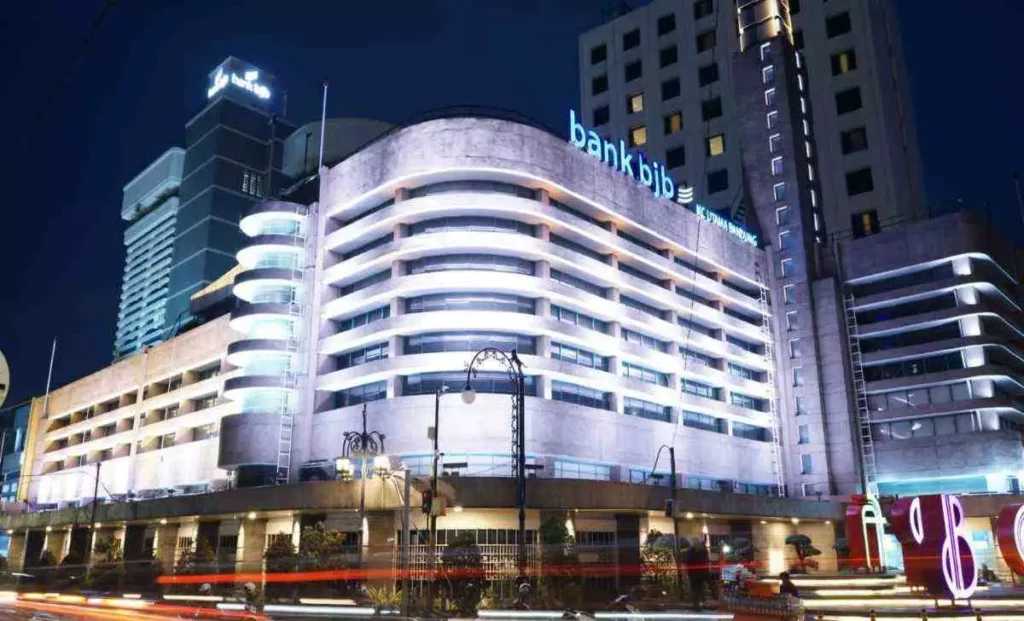

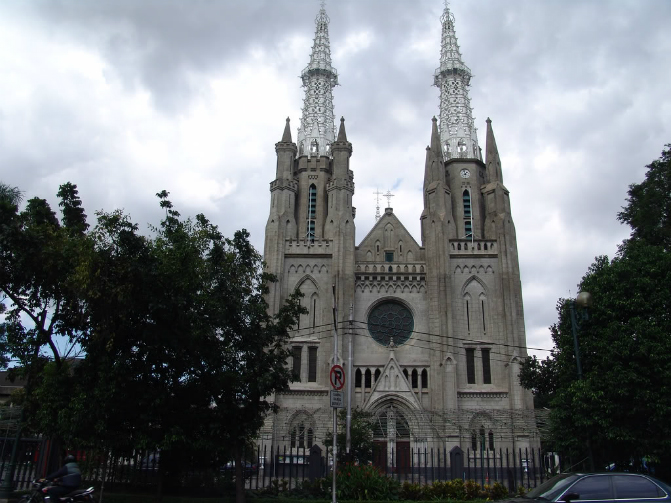
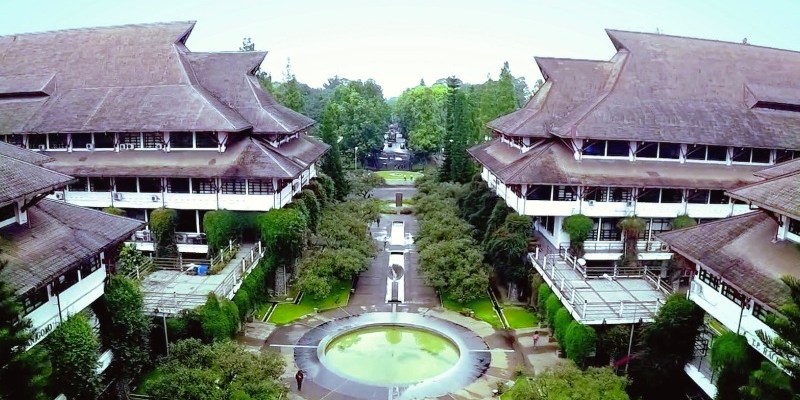
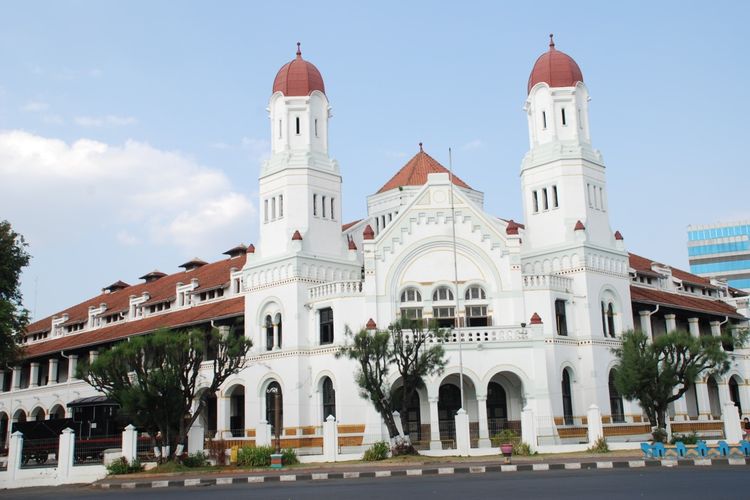

Influence of Dutch Food on Indonesian Cuisines
What Indonesian food was Influenced by the Dutch?
Without realizing it, many Indonesian foods originated from Dutch cuisines. To this day, these cuisines can be seen in both Indonesia and the Netherlands. Dutch colonization of Indonesia created the acculturation of cultures between Indonesia and the Netherlands. Here are some of Indonesian foods inspired by the Dutch:
- Semur / Smoor: Beef stew with a sweet and savory sauce. The word “semur” came from the Dutch word “Smoor”, which means boiled meat with tomato and onion
- Perkedel / Frikadeller: The Dutch origin of this food was made from potatoes and meat. However, the Indonesians made perkedel only using potatoes.
- Lapis Legit / Spekkoek: Also often known as a thousand-layer cake. To suit the Indonesian taste buds, Lapis legit tastes sweeter compared to the Dutch’s Spekkoek.
- Bistik / Biefstuk: In the past, this food was only served to nobility in Solo. Bistik is a local version of the Dutch beef steak. The beef steak is usually paired with mashed potatoes and boiled vegetables. In addition, they added sweet sauce on top of the beef.
- Sup Brenebon / Bruine Bonensoep: soup with a main ingredient of red beans. The Indonesian version has a clear soup, while the Dutch version has a thicker cream soup.







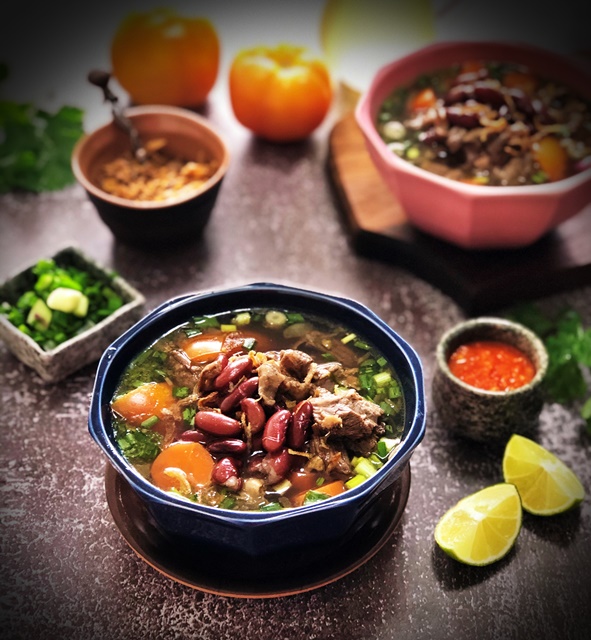
How did the acculturation between Dutch and Indonesian cuisines happen?
Looking at the foods mentioned above, we can conclude that the Dutch strongly influence Indonesian cuisine. The acculturation between these 2 cuisines started when many Dutch single men were having relationships with the local women. The local women were responsible for all the house chores including cooking, while the Dutchmen only focused on doing work (Zamhari, 2022). Relationships between the Dutch men and local women did not only create a new acculturation of cuisine but also a new ethnic group called the Indo people.
To fulfill the food needs of the Dutch, they need to adapt to local cuisines. Dutch cuisine normally uses dairy products like milk and cheese as the main ingredients. On the other hand, these ingredients were limited in Indonesia during that time. Therefore, many Dutch foods were modified by adding local spices to replace missing ingredients. One of the famous examples is the Indonesian Bistik or Biefstuk. The Indonesian Bistik used local spices like cloves, nutmegs, pepper, and shallots.
What is the Indonesian Influence on the Dutch dish Rijsttafel?
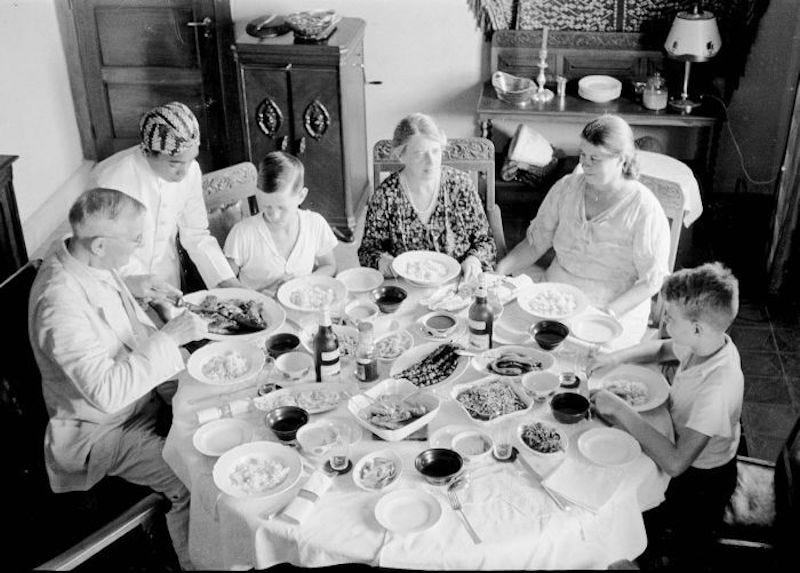

Moreover, acculturation of eating etiquette also occurred between the Netherlands and Indonesia. Rijsttafel or “Rice Table” was inspired by the Selamatan presentation of the Javanese courts and nobilities (Jeff Keasberry, 2024). Selamatan is a Thanksgiving type of meal and a communal meal that symbolizes social unity for those participating. After witnessing this tradition, the Dutch people also practiced the same thing, especially on a special occasion to impress their guests with an abundance of food.
The idea of rijsttafel allowed the Dutch to sample different local dishes in only one meal. In addition, it is also a method used by the Dutch to show off the culinary diversity of their colonial empire. After the Indonesian independence, many Dutch and Indo people returned to the country and introduced rijsttafel to the Netherlands.
Why is there so much Indonesian food in the Netherlands?
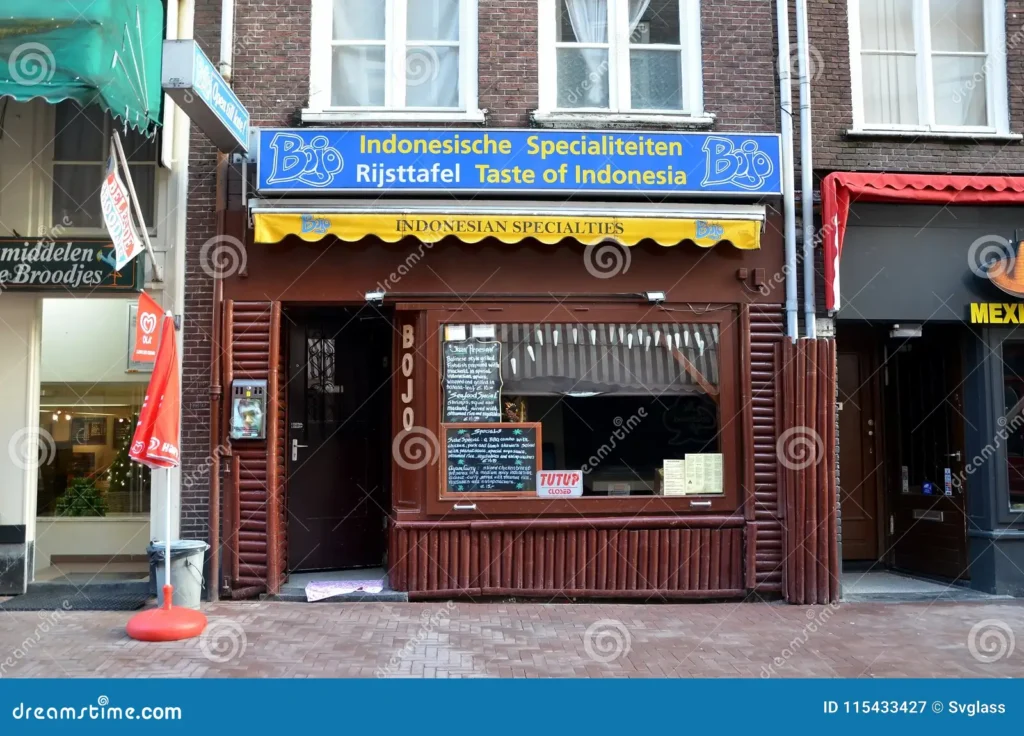
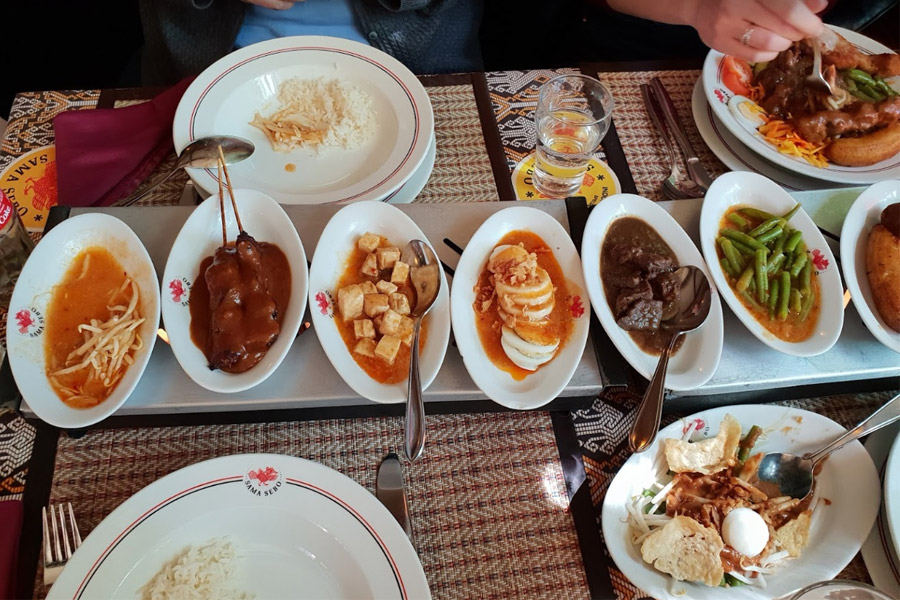
Culinary culture of Indonesia was strongly influences modern Dutch society to this day. There is no other place outside Indonesia with many Indonesian foods available. After Indonesia’s independence, many of the Indos played a pivotal role in bringing Indonesian cuisines back to the Netherlands. In another wave in the 1960s/1970s, many Indonesian diaspora came to the Netherlands for study and work. Along with them, they also helped to introduce Indonesian cuisines to the Netherlands. With the rise of Indonesian restaurants and toko (Shops) in this period, Indonesian cuisine gained significant popularity and became an integral part of Dutch cuisine.
Indonesian foods such as nasi goreng (fried rice), pisang goreng (fried bananas), bakmi goreng (fried noodles), satay (grilled skewer meat), lumpia goreng (fried spring rolls), gado-gado (Indonesian salad with peanut sauce) are some examples of Indonesian food that have successfully integrated into Dutch cuisines.
Influence on Indonesia’s Education and Law
Dutch colonization not only affected tangible things like architecture and cuisines. On the contrary, the Dutch presence in Indonesia also affected intangible influences on the Indonesian education system and law. Dutch Influence has shaped many aspects of education and law of Indonesia, which persist today despite reformations after the Independence in 1945.
Education system of Indonesia
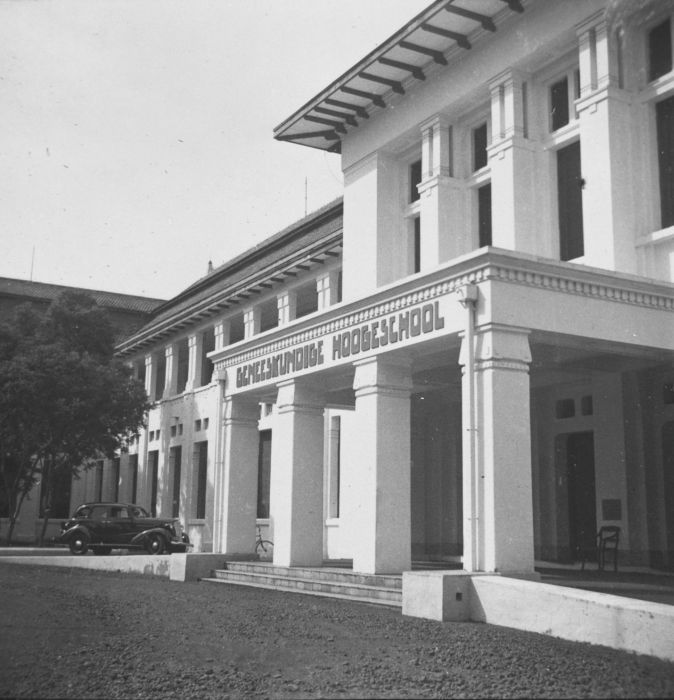
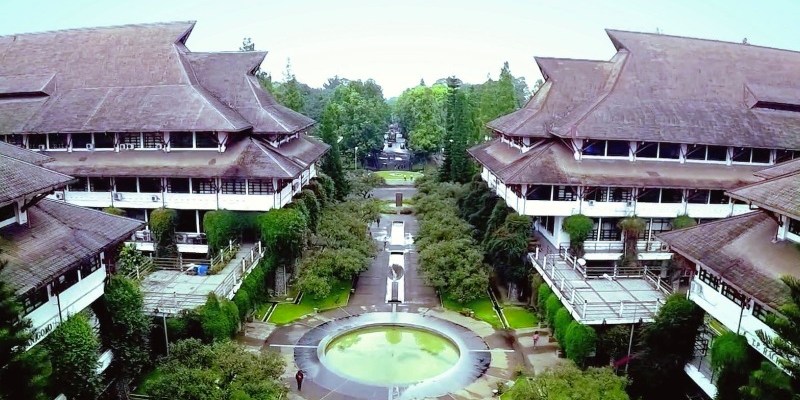
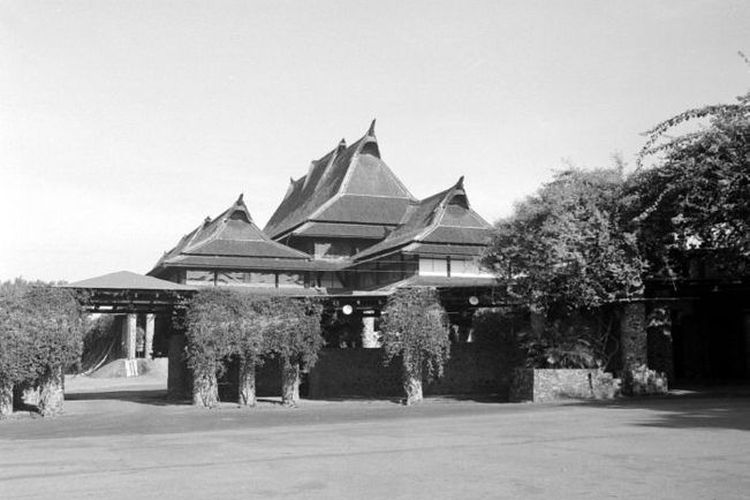
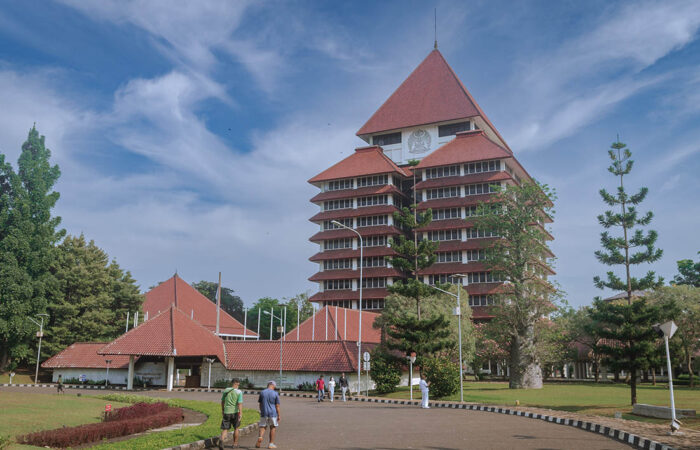
The Dutch established 3 stages of education that consist of primary, secondary, and higher education. The Dutch set up schools and educational institutions that introduced formal schooling systems across the archipelago. This schooling system was extended only to Dutch and Indonesian children coming from upper-class society.
However, with the increasing demand for employees to fill position-specific positions in the colony, the Dutch colonial government provided vocational schools and programs to train the local population. Additionally, The Dutch also established higher education institutions for the local population like STOVIA (School tot Opleiding van Inlandsche Artsen) or Sekolah Dokter Jawa established in 1898. Many Stovia graduates played an important role in shaping Indonesia’s national movement toward independence by creating a political society called Boedi Oetomo.
Moreover, the Dutch government created educational facilities like De Technische Hogeschool te Bandung and GHS (Geneeskundige Hogeschool) in the 1920s following Dutch Ethical Policy (ethische politiek). This policy aims the colonial government to have a moral responsibility to return the wealth that the Dutch received from the local population, especially by providing them with proper education.
Just after independence, many GHS alumni play an important role in establishing the University of Indonesia. On the other hand, De Technische Hogeschool te Bandung was transformed into a new institution called Bandung Institute of Technology (ITB) in 1959. ITB was formed for higher learning in natural sciences, technologies, and fine arts. These two top Indonesian universities were both founded during the colonial era. It shows the significant impact of the Dutch colonial government in shaping the academic and intellectual landscape of modern Indonesia.
Modern Indonesian Law

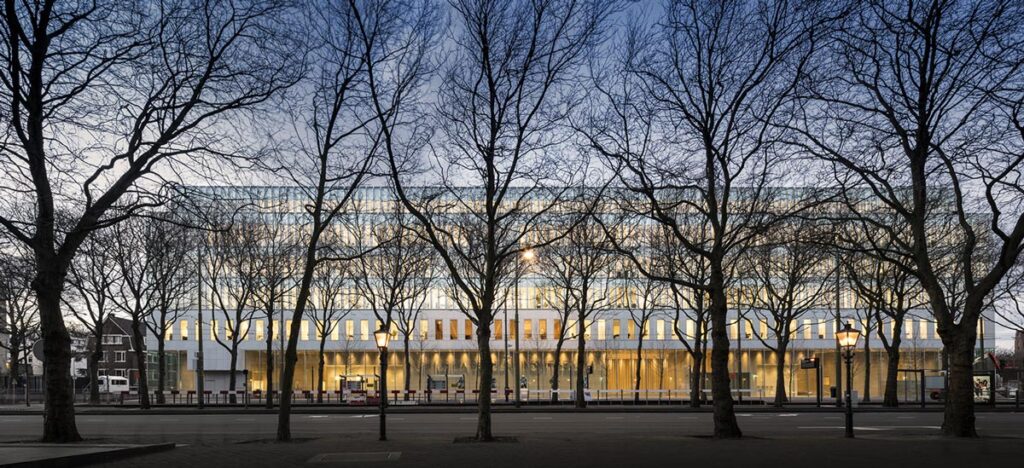
The Dutch influence on Indonesian law is very significant and stems from the colonial period. The Netherlands used a continental European legal system known as the civil law system (Andi Maysarah, 2017). This law system can be found on all continents and covers about 60% of the world. Most of the concepts, categories, and rules originated from Roman law with some modifications of local customs and culture. Futhermore, the Dutch civil law emphasizes written law and legislation that plays a vital role in the legal system. Here are some of the influences that can be observed summarized in a few points:
- Legal Framework and System: During colonization, the Dutch introduced their legal system to Indonesia, which was a mix of Dutch civil law and customary laws. The framework became the main foundation of Indonesia’s legal system.
- Dutch civil code: also known as Burgerlijk Wetboek was enacted in 1838. Indonesia has made revisions and modifications to this civil code, but many concepts from the Dutch civil code still influence Indonesia’s law in terms of property law, contract law, and family law.
- Criminal Law: also known as the Indonesian penal code (Wetboek van Strafrecht) largely originated from the Dutch penal code. Despite modification and adaptation of the law, the foundational principle was based on Dutch law.
- Administrative Law: Dutch administrative law also had a strong impact on Indonesian administrative practices.
- Legal Institutions: Many bodies of legal institutions like courts and the legal profession were modeled after the Dutch institutions. For instance, the role of legal professionals and judiciary structure have similarities with the Netherlands.
References
- https://www.the-low-countries.com/article/why-indonesia-never-really-became-dutch-but-is-now-becoming-anglicised
- https://kostatv.id/402/mengungkap-pengaruh-kolonial-belanda-dalam-arsitektur-indonesia
- https://woodmagbyekamant.com/5-pengaruh-gaya-arsitektur-belanda/
- https://keasberry.com/news/rijsttafel-not-adaptation-nasi-padang/
- https://www.smsperkasa.com/blog/rahasia-konstruksi-peninggalan-belanda-di-indonesia-yang-tahan-lama
- Zamhari, R. (2022). Pengaruh Budaya Kuliner Cina Dan Belanda Terhadap Kuliner Indonesia. Judul Kusa Lawa, [online] 2(1). doi:https://doi.org/10.21776/ub.kusalawa.2022.002.01.08.
- Nurlitasari, F.P. and Ikaningtyas, D.A.A. (2023). Rijsttafel Di Jawa Masa Kolonial Belanda (1900-1942). KRONIK : Journal of History Education and Historiography, [online] 6(2). Available at: https://journal.unesa.ac.id/index.php/jhi/article/view/21292?__cf_chl_tk=.AAeTa7i63GHxNeDvX2S09TbU0QWKzPnt6ZcxmVTWkA-1723106446-0.0.1.1-6847.

what a great explanation with a brief words